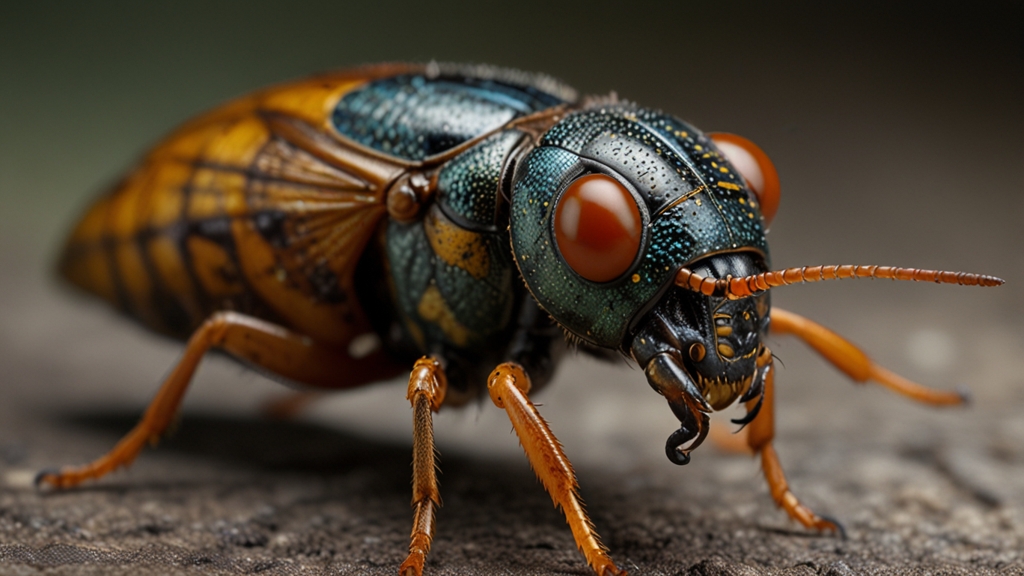Fun Facts About Food That Will Leave You Hungry for More
Food is not just sustenance; it's a cultural tapestry woven with history, science, and quirky facts. Let’s peel back the layers of some incredible, fun food facts that will leave you craving for more!
The Chemistry of Spicy Food
Ever wondered why spicy foods set your mouth on fire? It’s all thanks to a compound called capsaicin, predominantly found in chili peppers. Capsaicin binds to pain receptors in the mouth and throat, tricking your brain into thinking you’re overheated. This is why your body reacts by starting to sweat and pumping up the adrenaline.
"Capsaicin has long been recognized as having medicinal qualities. It can act as a pain reliever, anti-inflammatory, and even boost your metabolism."
The Origin of Margherita Pizza
The Margherita pizza holds a special place in the heart of pizza aficionados worldwide. Originating from Naples, Italy, this pizza is not just delicious but also patriotic. In 1889, Chef Raffaele Esposito prepared a pizza for Queen Margherita of Savoy. He used tomatoes, mozzarella cheese, and basil to represent the colors of the Italian flag. Thus, Margherita pizza was born, and it remains an enduring symbol of Italian cuisine.
Banana: The Berry You Didn’t Expect
While often mistaken for a tree, the banana plant is actually an herb, and surprisingly, the banana itself is classified as a berry. This classification arises because, botanically speaking, a berry is a fruit produced from the ovary of a single flower with a seed embedded in the flesh. So next time you peel a banana, remember you're essentially unwrapping a giant berry!
Honey: The Eternal Food
Did you know that honey is the only food that doesn’t spoil? Archaeologists have found pots of honey in ancient Egyptian tombs that are over 3,000 years old and still perfectly edible. The reason behind honey's eternal shelf life is its low moisture content and acidic pH, making it an inhospitable environment for bacteria.
"Honey has been used for both culinary and medicinal purposes throughout history, making it one of the most versatile foods ever discovered."
Chocolate Was Once Currency
Chocolate lovers, rejoice! There was once a time when cacao beans were so valuable that they were used as currency, especially among the ancient Aztecs and Mayans. Imagine paying for goods and services with your favorite sweet treat. Now that’s rich in flavor and history!
Carrots Were Originally Purple
If you thought carrots were always orange, think again. The first cultivated carrots were actually purple. It wasn’t until the 17th century that Dutch farmers selectively bred the vegetable to be orange, as a tribute to the ruling House of Orange. Today, you can still find heirloom varieties of purple, yellow, and even white carrots.
Cheese: The Accidental Delight
Cheese, one of the world's most beloved foods, was likely discovered by accident. It is believed that ancient shepherds stored milk in containers made from animal stomachs, which naturally contain rennet. This enzyme caused the milk to curdle and separate into whey and curds, thus giving rise to cheese. This happy accident has resulted in thousands of cheese varieties enjoyed globally today.
"The discovery of cheese was a transformative moment in food history, providing a means to preserve the nutritional value of milk."
Cherries: A Breath of Fresh Air
Cherries are more than just a delicious snack; they also support lung health. Cherries are packed with antioxidants and anti-inflammatory compounds, which can help alleviate respiratory conditions such as asthma. Eating cherries can be a sweet way to contribute to a healthy lifestyle.
Conclusion
From spicy chili peppers to the delightful origins of cheese, the world of food is brimming with fascinating stories and facts. These tasty tidbits not only make for great conversation starters but also deepen our appreciation for the delicious dishes we enjoy every day. So, the next time you sit down for a meal, savor not just the flavors but also the rich history and science behind your food.









